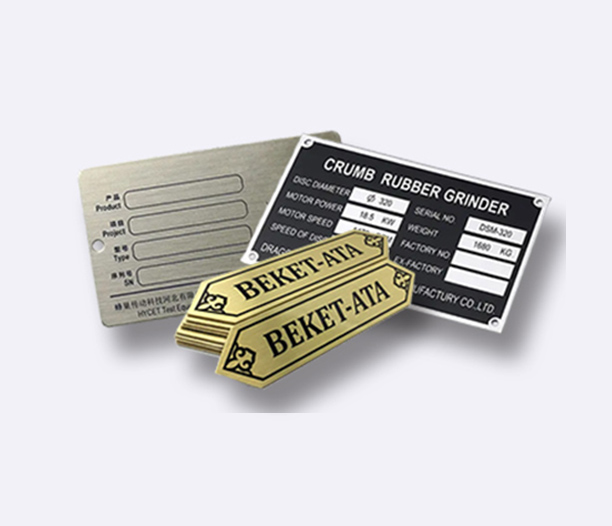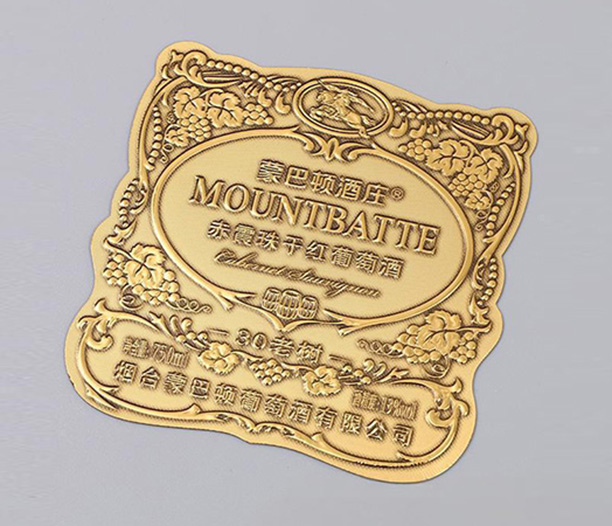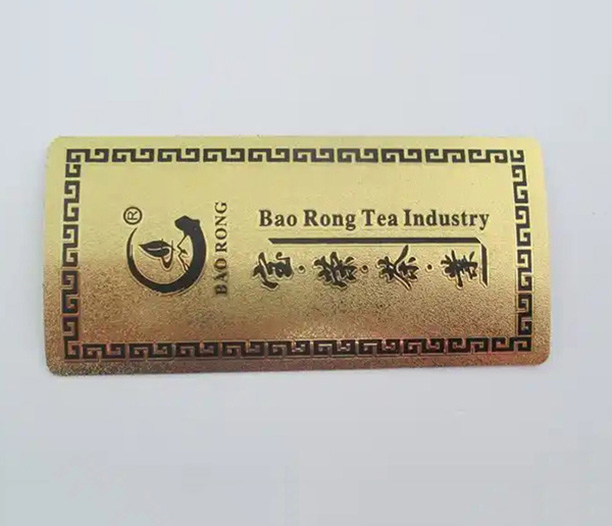Why Standard Asset Tags Fail Outdoors (And What You Truly Need)
Managing valuable equipment exposed to the elements requires a fundamentally different approach to asset tagging. Standard indoor labels quickly succumb to UV rays, rain, snow, abrasion, temperature swings, and even vandalism, leading to unreadable tags, lost assets, and costly re-tagging efforts. Asset tags for outdoor equipment demand specialized materials, adhesives, and construction to ensure long-term identification, tracking, and security. Choosing the right solution isn't just about cost; it's about protecting your investment and ensuring operational efficiency in harsh environments.
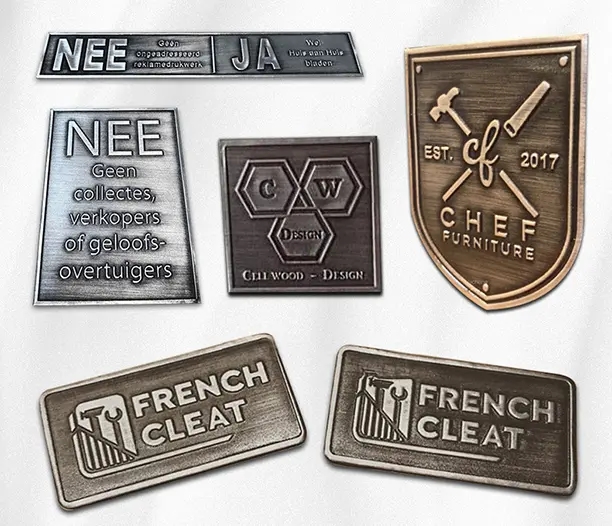
7 Critical Factors for Selecting Outdoor-Ready Asset Tags
Extreme Durability & Material Resilience: This is paramount. Asset tags for outdoor equipment must withstand:
UV Radiation: Constant sun exposure causes fading, brittleness, and cracking in inferior materials.
Moisture & Humidity: Rain, snow, condensation, and high humidity can cause labels to peel, disintegrate, or become unreadable.
Temperature Extremes: From freezing cold to scorching heat, materials must not crack, warp, or lose adhesive strength.
Abrasion & Impact: Equipment is often moved, handled roughly, or exposed to blowing sand/dirt. Tags must resist scratching, scuffing, and tearing.
Chemicals & Solvents: Exposure to fuels, oils, cleaning agents, or industrial chemicals shouldn't degrade the tag surface or print.
Mold & Mildew: Damp environments can foster growth that obscures information.
Uncompromising Adhesive Bond: Outdoor conditions relentlessly test adhesive performance. Asset tags for outdoor equipment require:
High-Bond Adhesives: Specifically formulated for challenging surfaces (painted metal, textured plastics, powder coatings).
Resistance to Solvents/Fuels: Adhesives shouldn't dissolve or weaken upon incidental contact.
Performance Across Temperatures: Must maintain grip in both deep freeze and extreme heat.
Conformability: Ability to adhere well to slightly curved or textured surfaces common on equipment.
Tamper-Evidence & Security: Outdoor equipment is vulnerable. Tags should deter and reveal tampering:
Destructible Vinyl: Shatters into tiny pieces if removal is attempted.
Tamper-Evident Void Materials: Leave a clear "VOID" pattern on both the asset and the label backing if peeled.
Embedded Print (Anodized Aluminum): Printing beneath a hard anodic layer makes alteration virtually impossible without destroying the tag.
Metal Backing (Aluminum Foil/Anodized): Difficult to remove intact without specialized tools.
Legibility for the Long Haul: Information is useless if it can't be read. Ensure:
Fade-Resistant Printing: Thermal transfer printing with resin-based ribbons or embedded printing for maximum UV and chemical resistance.
High-Contrast Design: Clear text and barcodes against the background material.
Laminated/Protected Surface: Polyester and anodized aluminum offer inherent protection; other materials may need a laminate overlay.
Barcode/QR Code Scanner Performance: Essential for efficient tracking. Tags must maintain scannability despite:
Surface Scratches/Abrasion: Glossy surfaces can become unscannable if scratched; matte or embedded finishes are more robust.
Dirt/Grime Buildup: Materials should be easy to clean without damaging the print.
Reflectivity: Highly reflective surfaces (like bare metal) can interfere with laser scanners; metalized films or anodized finishes are designed for better scan performance.
Surface Compatibility & Preparation: Not all adhesives work on all surfaces:
Identify Primary Surfaces: Painted metal, powder coat, bare metal, plastic, fiberglass, rubber?
Cleanliness is Crucial: Surfaces must be clean, dry, and free of oils, waxes, or loose particles for any adhesive to bond properly. Isopropyl alcohol is often recommended.
Texture & Curvature: Highly textured or curved surfaces may require more conformable materials (like aluminum foil) or specific application techniques.
Total Cost of Ownership (TCO): While upfront cost matters, durability reigns supreme outdoors:
Cheap Tags Fail Fast: Replacing faded, peeled, or damaged paper/vinyl tags constantly is far more expensive long-term.
Labor Costs: Time spent reapplying tags and re-entering lost asset data adds up.
Asset Loss Risk: Unreadable tags make recovery difficult.
Invest in Longevity: Premium asset tags for outdoor equipment (polyester, aluminum, anodized) offer the best ROI in harsh environments.
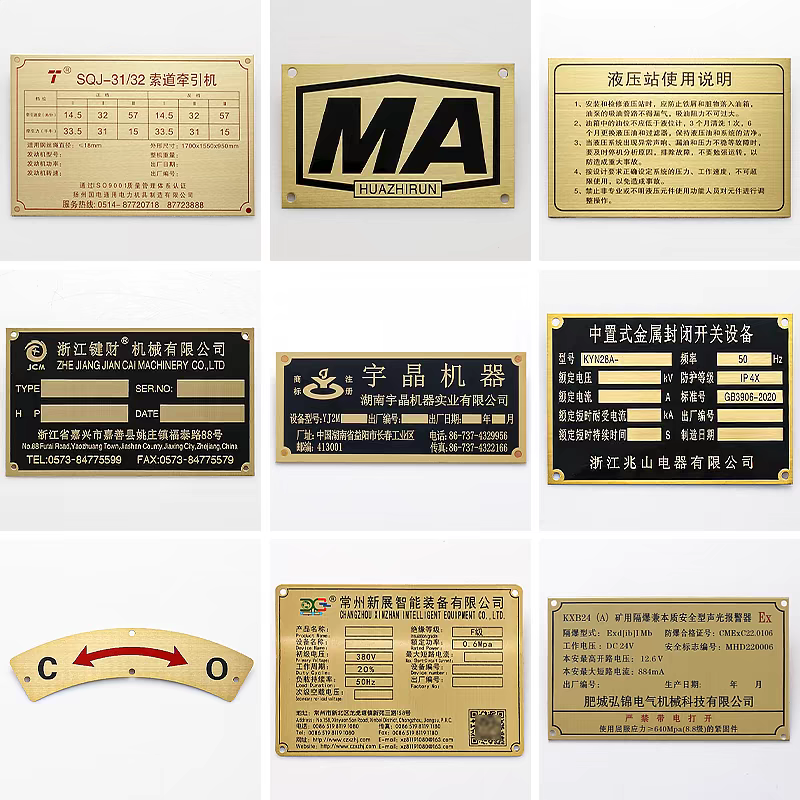
Matching Material to Your Outdoor Equipment's Reality
Use this framework to narrow down your choices for asset tags for outdoor equipment based on the specific challenges your gear faces:
Environment: Coastal (salt spray)? Desert (UV/abrasives)? Arctic (extreme cold)? Industrial (chemicals)? High rainfall?
Usage Intensity: Constant vibration? Frequent handling/impact? High-pressure washing?
Asset Value & Criticality: Is it a $500,000 excavator or a $50 hand tool? Loss or downtime cost?
Security Risk: High-theft area? Need strong tamper evidence?
Surface Type: Painted steel? Textured plastic? Powder-coated finish? Rubber?
Decision Guide:
Moderate Outdoor Exposure, Lower Value/Moderate Security Needs: Polyester asset tags for outdoor equipment offer excellent balance. Choose tamper-evident variants if security is a concern.
High Abrasion, Chemicals, Curved Surfaces, Moderate-High Security: Aluminum foil asset tags for outdoor equipment provide toughness, conformability, and security features.
Extreme Environments, Maximum Longevity (10-30+ years), Highest Security, Critical Assets: Anodized aluminum asset tags for outdoor equipment are the undisputed premium choice. The embedded print is virtually indestructible.
Industry-Specific Needs for Outdoor Asset Tags
Construction & Heavy Equipment: Extreme abrasion (dirt, rocks), vibration, fuel/oil exposure, weather. Tags on excavators, bulldozers, cranes MUST be ultra-durable (Anodized Aluminum or Aluminum Foil), highly abrasion-resistant, and securely bonded. Tamper evidence is critical.
Agriculture & Farming: Constant UV exposure, moisture (rain, dew, irrigation), chemicals (fertilizers, pesticides), abrasion (dirt, crops), and pressure washing. Tractors, harvesters, sprayers need asset tags for outdoor equipment with excellent UV resistance (Polyester, Aluminum), chemical resistance, and strong adhesion (Anodized Aluminum best for high-pressure wash).
Transportation & Logistics (Trailers, Containers, Trucks): Highway speeds (wind, rain, debris), UV, temperature extremes, potential impact, security needs. Trailers, shipping containers, truck bodies require durable, weatherproof, and secure tags (Aluminum Foil, Anodized Aluminum). Scannability at speed/distance is a plus.
Utilities & Telecom (Field Equipment): Often in remote locations, exposed 24/7. Transformers, meters, cabinets, cell towers need asset tags for outdoor equipment that last decades with zero maintenance (Anodized Aluminum is ideal). UV, weather, and tamper resistance are non-negotiable.
Landscaping & Groundskeeping: Mowers, trimmers, blowers face vibration, grass clippings, moisture, and fuel. Durable Polyester or Aluminum Foil tags are often sufficient, but consider higher security if theft is an issue.
Municipal & Public Works: Streetlights, signage, park benches, fleet vehicles. Tags face weather, UV, and public interaction (potential vandalism). Durable materials (Polyester, Aluminum) with tamper-evident features are essential.
Beyond the Tag: Installation & Long-Term Success
Choosing the right material is only half the battle for effective asset tags for outdoor equipment:
Surface Preparation is Critical: This cannot be overstated. Surfaces MUST be meticulously clean, dry, and free of grease, oil, wax, dust, or rust. Use isopropyl alcohol and a clean cloth. Failure here is the #1 reason for adhesive failure outdoors.
Application Conditions: Apply tags within the temperature range specified by the manufacturer (usually 50-90°F / 10-32°C is ideal). Avoid application in rain, high humidity, or direct hot sun if possible.
Application Pressure: Ensure firm, even pressure across the entire tag surface, especially the edges, for 15-30 seconds. Use a roller tool for best results on flat surfaces.
Cure Time: Allow the adhesive to fully bond before exposing the asset to harsh conditions (often 24-72 hours, check manufacturer specs).
Data Management: Integrate your asset tags for outdoor equipment with a robust asset tracking system (barcode/QR scanning). Ensure the data encoded is accurate and linked to detailed asset records (location, maintenance, depreciation).
Choosing the cheapest tag for outdoor equipment is a false economy. The relentless assault of sun, rain, cold, heat, dirt, and wear will quickly render flimsy labels useless, leading to lost assets, operational inefficiencies, and costly re-tagging. Selecting the right asset tags for outdoor equipment – purpose-built for durability, security, and longevity – is an investment in protecting your valuable capital assets and ensuring smooth operations.
Prioritize materials proven to withstand your specific environment (Polyester, Aluminum Foil, Anodized Aluminum). Demand high-bond, weatherproof adhesives and tamper-evident features where security matters. Meticulous surface preparation and application are non-negotiable for long-term success. By focusing on these critical factors, you implement an asset identification solution that endures the elements, deters theft, and provides reliable tracking for the entire lifespan of your outdoor equipment. Don't let your assets become unidentifiable ghosts – tag them for the outdoors they live in.



